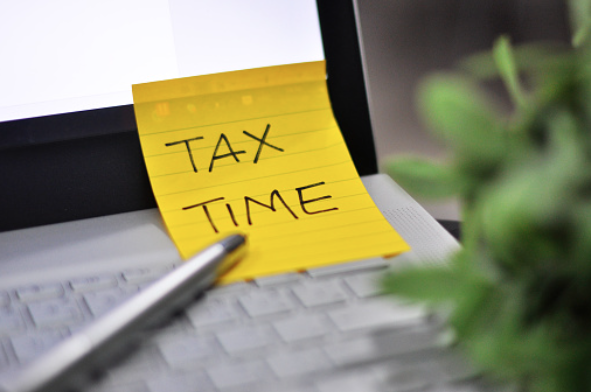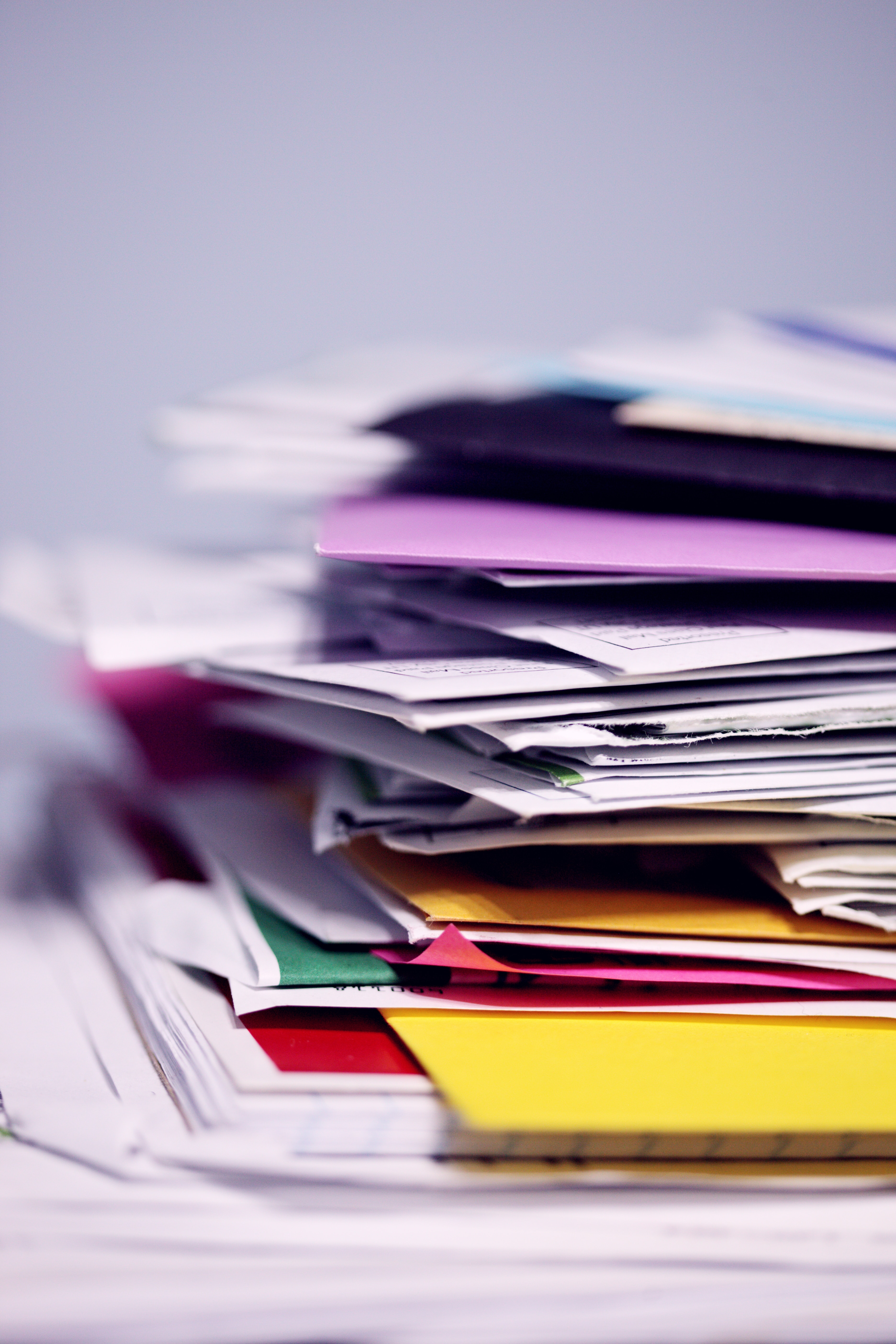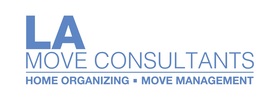
Tax Season Tips To Help You Get Organized
It’s that time of year again, when many of us are holed up in our home offices, pouring over documents and spreadsheets in preparation for tax season. It can be frustrating, to say the least. But a lot of the stress and frustration that comes with this time of year can be avoided if you set up strong organizational systems before you begin. That’s why I’m sharing my best tax season tips to help you prepare now.
While these tips are simple, I know that executing them might be a different story. Getting organized and implementing these tips will take some time and energy up front. Think of that time as a valuable investment that will save you from headaches in the future. Surely, acting on these tips will give you some instant gratification, making it easier to file your taxes this spring. And even more importantly, they will help you establish systems to streamline the process of tax preparation for years to come. Keep reading to learn how you can use these tax season tips to get organized once and for all!

Set Up a Strong Filing System
A strong filing system can work wonders for home office organization. First, you need to decide whether you want to use paper files or go paperless. I like to use a combination of both file types to accommodate my needs. I use hard paper files for my business and digital files for my personal documents, but the file type you choose is entirely up to you. Just be sure to use a file type that you can realistically maintain on a regular basis!
Once you’ve determined your preferred file type, it’s time to make your folders. File naming conventions are your best friend here, especially when it comes to digital filing! For the best results, I recommend naming files categorically and chronologically. You can start by identifying general categories that you need. Create a folder for each of them. Then, sort by month within that category. For example, you might have a general folder for “Business.” Within the main folder, your business documents should be sorted by category such as “utilities” or “medical” and so on.
But wait, you’re not done quite yet! Within each folder and sub-folder, it’s also crucial to have a clear system for naming individual files. I recommend naming each individual document with the date in a month/day/year format and a description. This makes it much easier to filter by chronological order and find them quickly. For example: 011223_ClientNameInvoice is clear and easy to search for later.
Beware: Digital filing can really eat up storage space on your computer. To make sure nothing important is lost, I recommend getting an external hard drive. My favorite is this fun orange hard drive from Lacie.
For paper filing, I like to use a color-coded filing system. Colorful file boxes like these are the best way to start. I use a different color for each category, to help me locate them faster within my filing system. Since you can’t give your paper files a name to search by later, it’s crucial that you keep everything in the appropriate folder. Hanging files with tab labels are a great solution.
You know you’re REALLY into organization (like me) when you actually have a preference for your hanging folders. Do you like your tabs to extend upwards, like these files I use all the time… or to sit flush with your files, like these?
Another great tool for organization junkies is this awesome label maker! It’s super easy to use and you can sync it to your phone or any smart device. When things are clearly labeled, it’s a lot easier to stay accountable to your sorting and filing.
Gather Receipts & Tax Documents
If you have a lot of documents to review for your taxes, it can be difficult to know where to begin. The best way to start is by taking a look at any circumstances that have changed over the last year. Here are some common documents and areas where you may find changes:
- 1099 Forms
- IRAs
- Property
- Other Investments
Sorting receipts and documents consistently each week or month will help you stay organized throughout the year. A digital scanner is an effective solution to store receipts. I use this scanner from Fujitsu to scan receipts as I receive them. It is much easier to keep track of them when they are scanned into my computer than when they are stored as separate notes on my phone. The scanner helps me to minimize clutter and avoid distractions that affect my productivity. For more tips on how to minimize clutter in your office, check out this blog.
Of course, you can also spare yourself the trouble of sorting through piles of papers by only saving documents that you know you will need for your taxes. You should file away receipts that you need for deductions and write-offs. Be sure to get receipts for your donations throughout the year. You can get an estimate for the value of your donations on the IRS website, and it will be much easier to do so if your receipts are readily available.
Consistency Is Key
Whether you’re organizing papers or digital information, remember that consistency is key. Be sure to sort your mail daily or weekly, so that it doesn’t pile up over the course of the year. I like to use a simple inbox like this one to keep myself accountable. You should also keep your receipts and documents organized as they accumulate. If you wait until the end of the year to sort your receipts, it may be more difficult to identify why you saved them in the first place.
If you have a hard time staying accountable to these goals, set a 5 minute timer every day, or a 15 minute timer once a week. You can do this!
These tips will help you cut down on stress and make tax season a lot less painful. However, please remember that I am a professional organizer, not a tax expert who provides legal advice. Be sure to check with your accountant for any tax-related information or questions you may have.
For any home organization questions, I’m happy to share advice or lend a hand. Don’t hesitate to reach out or call me directly at 310-904-9720 so I can help you get your home office under control this tax season!
